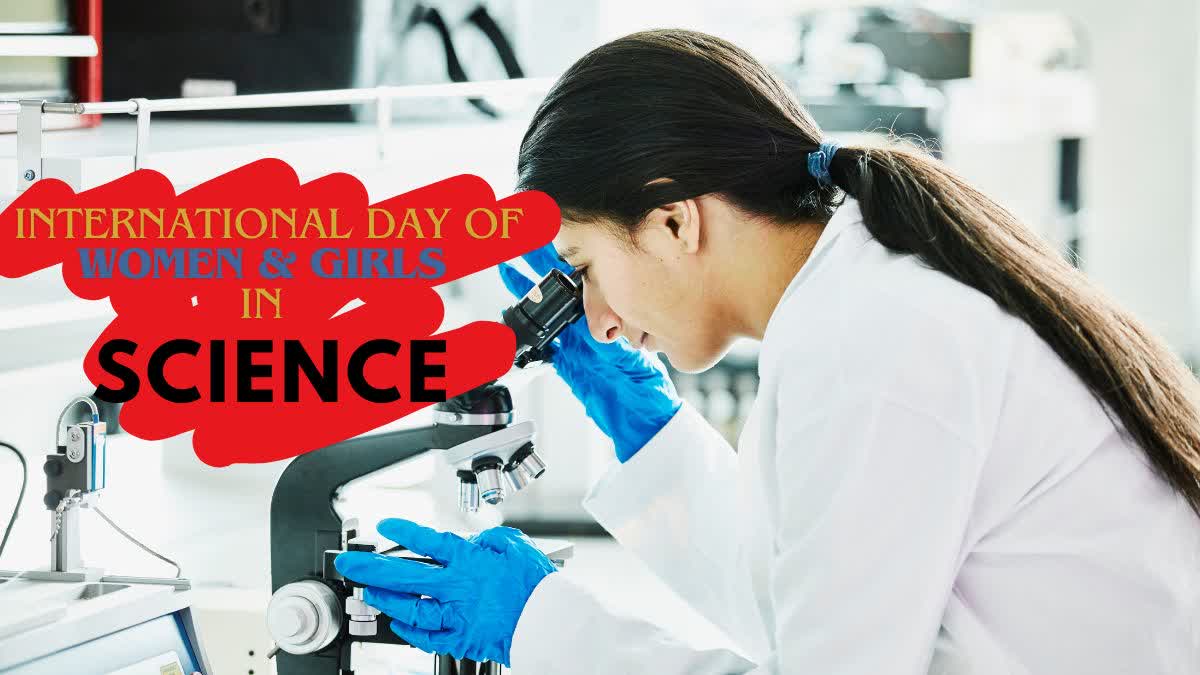International Day of Women and Girls in Science:There have been many powerful female scientists in India and the world who have revolutionised scientific research. Even though women have made tremendous progress towards increasing their participation in higher education, they are still under-represented in this field, the UN says.
A significant gender gap has persisted throughout the years at all levels of science, technology, engineering, and mathematics (STEM) disciplines all over the world, it adds, stressing the need to empower women and girls.
10th anniversary of International Day of Women and Girls in Science (IDWGS)
February 11, 2025, marks the 10th anniversary of the International Day of Women and Girls in Science (IDWGS), which aims to reflect the expansive reach of science and celebrate the contributions of women in science worldwide. The world celebrates IDWGS every year today to recognise the often overlooked contributions of women scientists.
On the tenth anniversary of IDGWS, UN Secretary-General Antonio Guterres called out to "help pave a path to STEM careers that women and girls deserve -- and our world needs".
2025 IDWS: Theme and Objectives
According to UNESCO, despite the significance of STEM fields to national economies, most countries haven't achieved gender equality in STEM. Only 33.3 per cent of researchers globally are women and just 35 per cent of students in STEM fields are women. In 2016, 30 per cent of countries with available data had reached gender parity among researchers.
This year's IDGWS celebration will be held at UNESCO Headquarters in Paris, France with the theme-- Unpacking STEM Careers: Her Voice in Science. The in-person and online participation for the event will kick start at 2:00 PM and continue until 8:30 PM.
UNESCO highlighted women hold a small minority of top-level positions in STEM despite improvements, and only 22 women have won Nobel prizes in scientific disciplines. It also mentioned the "2030 agenda", which commits to "leave no one behind" by addressing intersecting inequalities through data collection and analysis disaggregated by sex, age, income, disability, ethnicity, and other relevant factors.
